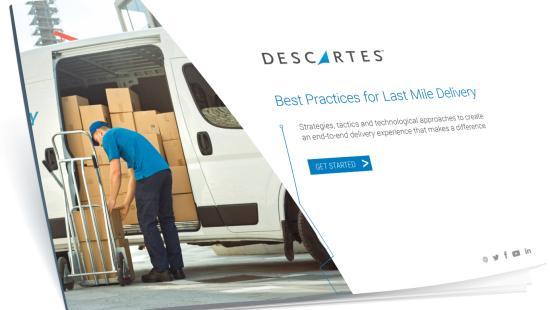How to Reduce Wait Times for In-Store and Curbside Pickup
In recent years, businesses have embraced the potential of in-store and curbside pickup.
Buyers have specific expectations for their click and collect experience. They want to avoid the wait times and costs associated with home delivery. They want to pick up their purchase at a time that suits them, and they don’t want to queue when they get there.
However, outdated in-store pickup processes often fall short of these expectations. Staff are unable to perform efficiently, and customers are left waiting.

Here we’ll cover how inefficient handovers can prove costly. Then we’ll look at achievable tactics to streamline the process, enhance productivity and increase customer loyalty.
Costs Of Inefficient Order Handovers
Customer Satisfaction
Many customers choose “buy online pick up in store” (BOPIS) because of the convenience compared to in-store shopping or home delivery. When these expectations aren’t met, customer satisfaction decreases. This ultimately puts a dent in Customer Lifetime Value.
Imagine a scenario where the customer receives little-to-no guidance on where to pick up their order, and staff have no advance warning of their arrival.
Friction begins when the customer arrives on site. Inadequate signage leaves them lining up in the wrong location. When they finally find the pickup point, they must wait for someone to acknowledge them.
Having been greeted by staff, the customer is at a loose end as employees scramble to locate and hand over the goods.
With every delay, the consumer loses confidence in your business. The customer is less likely to become a repeat buyer and may share the bad experience with their network.
Operational Challenges
Often, staff are in the dark about when to expect collections, when customers have arrived, and where to find them. This creates a delay in order preparation and handover.
Staff are left overwhelmed and unable to prioritize tasks, particularly when multiple customers arrive at the same time. In these circumstances, it’s difficult to process orders in an accurate and timely manner.
With staff on the back foot, they may miss out on items or neglect crucial quality checks, resulting in costly nonfulfillment.
Where existing staff are reassigned from routine tasks to handle order collection, slow handover has a knock-on effect across the business. In addition, long wait times can cause congestion in-store or at the curbside. Customers may have to wait at dedicated pickup areas or block areas meant for in-store sales.
When food or groceries are involved, wastage is another issue. If staff can’t accurately predict a customer’s arrival, food may be left out for too long. In the best-case scenario, the product will be less appealing to customers. In the worst case, food will need to be refunded or replaced.
INDUSTRY EBOOK
Introducing the Descartes Customer Engagement Platform
Explore tools to transform customer experience and streamline operations.
How To Increase Click and Collect Efficiency
Give Customers the Information That They Need
Many sources of friction can be avoided with proactive customer communication.
- Use SMS notifications to inform customers when their order can be collected.
- Provide a link to a web-based portal so customers can find all the information they need without downloading an app.
- Include details such as directions to the pickup location.
- Ensure that stores and parking lots have adequate signage.
Two-Way Flow of Information
Customers needn’t be passive in the collection process. By allowing customers to share information with the store, you can speed up handover times.
- A web-based portal allows customers to indicate when they’re on their way to the store.
- Let customers input their expected arrival time (ETA) or ask permission to generate an ETA using their location.
- Allow customers to check in online when they arrive and ask for their parking space or in-store location.
Empower Staff with Arrival Times
Equip your in-store team with all the information they need to hand over orders on time.
- Provide an app with audible alerts and visual cues to notify staff when customers are on their way.
- Color code and prioritize tasks automatically so staff know what they need to do next.
- Share an accurate ETA so staff can prepare orders just in time, without leaving items out for too long.
- Share information such as the pickup type (e.g., whether to expect a carrier or a customer) and the customer’s chosen pickup location.
Eliminate Human Error
Provide staff with digital workflows, checklists and reminders to ensure that no steps are missed in the handover process.
- Provide convenient proof of pickup options such as a unique one-time PIN or sign-on-glass as appropriate.
- Remind staff to check customers’ ID for age-restricted goods.
- Provide specific reminders or checklists depending on the type of order – for example, require staff to check the temperature of chilled goods.
Getting Started with Convenient Click and Collect
By increasing customer engagement and empowering store staff, businesses can avoid common pitfalls in the order collection process.
Businesses are already using web-based customer portals and click and collect apps to reduce fulfillment costs and delight customers.
Fleet Resource Center
Expand Your Routing, Mobile & Telematics Knowledge
Recommended For You



